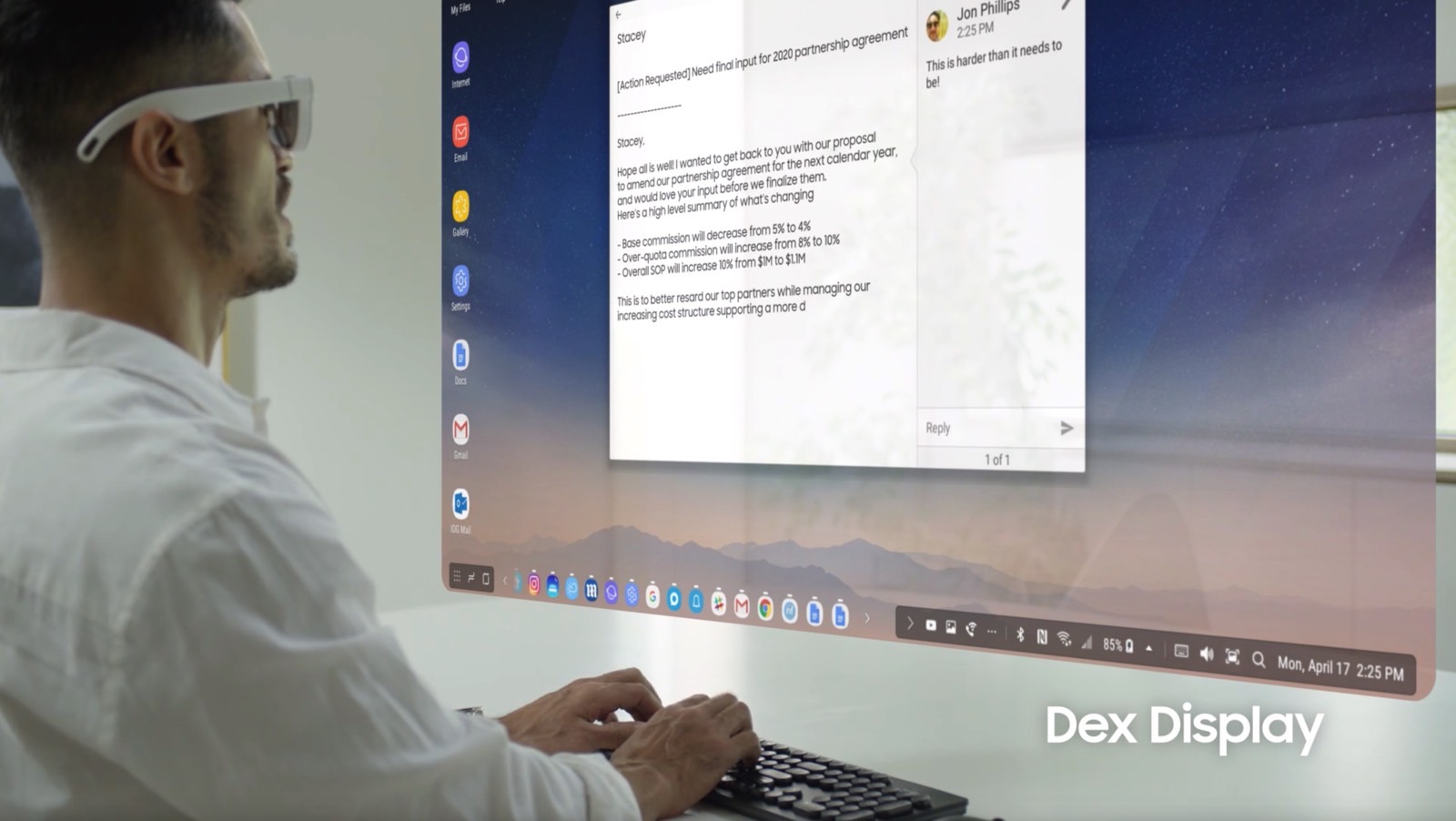
If you’re getting marketing emails in your inbox, you should know that the companies are likely using the messages to spy on you. They’re using a technology developed for email called tracking pixels (invisible images) which lets companies analyze how and when you’ve interacted with their emails. They can then use the information to fine-tune marketing campaigns and even link the data to other information they have on you.
This is how email marketing has worked for years, with many users unaware that they’re being tracked by images so small the naked eye can’t spot them. The good news is that email apps are getting better at protecting you against tracking pixels. And there are third-party services that can help with additional layers of protection.
What are tracking pixels, and why are they invisible?
As LaptopMag explains, tracking pixels are images so small that you’ll have a hard time observing them in the body of an email. They measure 1 pixel by 1 pixel, hence the name. And companies will usually include GIF or PNG files in their emails, as they can turn these images into tiny white pixels.
So not only are they very small, but they also match the usually white background of your email client.
If you see the tracking pixels somehow, you’re already too late. Opening the email means the tiny image loads in your browser or app. Once that happens, the image pings the server where it’s stored. As a result, the advertiser will get a bunch of information about you. They’ll know you opened the email and how many times you returned to look at the message. And they’ll see your location from your network information as well as the device you’re using.
Furthermore, the blog notes that studies have shown advertisers can link email trackers to browser cookies. If that happens, they’ll be able to identify you in other places. They can use such fingerprinting techniques to market products or for nefarious activities.

How to stop email tracking
Email clients, including Google, Outlook, and Apple, have built-in protections that prevent advertisers from tracking users with their invisible pixels. This is your first line of defense against trackers that you should enable. And it’s available for free.
You’ll want to block all images shown in the email, even if that means you won’t be able to load photos from family and friends automatically. You’ll be able to choose inside the email whether to see the pictures.
- Gmail: go to Settings, Images, Ask Before Displaying External Images
- Outlook: you want Options, Block External Images (mobile) and Options, Trust Center, Automatic Download (desktop)
- Apple Email: On iPhone and iPad, go to Settings, Privacy Protection, and turn on Protect Mail Activity. Or turn on Hide IP Address and Block All Remote Content. Another option is going to Preferences, Viewing, Load remote content in messages to disable tracking pixels in macOS.
Alternatively, you can use third-party tools, especially when using email inside browsers. LaptopMag recommends Ugly Email, a Chrome and Firefox extension for Gmail to block tracking pixels. Yahoo and Outlook users can look for Trocker for similar results.
On mobile, you’ll want a premium email product to get features like tracking pixel detection and blocking. That means paying an app subscription for extra privacy protection.
Other tips to protect your email privacy
There’s one more route you can try to add another layer of safety to your email experience. You can get a private relay email address, which removes the trackers from your email before you open it. DuckDuckGo’s Email Protection is one such tool. The feature is available on mobile (iPhone and Android) and desktop.
Finally, you should consider running all your internet activity over a VPN connection. This won’t block tracking pixels in email, but it might make it more difficult for advertisers to track you online. You should consider a premium trusted service, which means paying a monthly subscription. Apple’s Private Relay is one such alternative. Google includes a VPN service in its top-tier Google One storage subscription.
But advertisers will still load tracking pixels when you’re on a VPN. They’ll just associate it with a different location.
